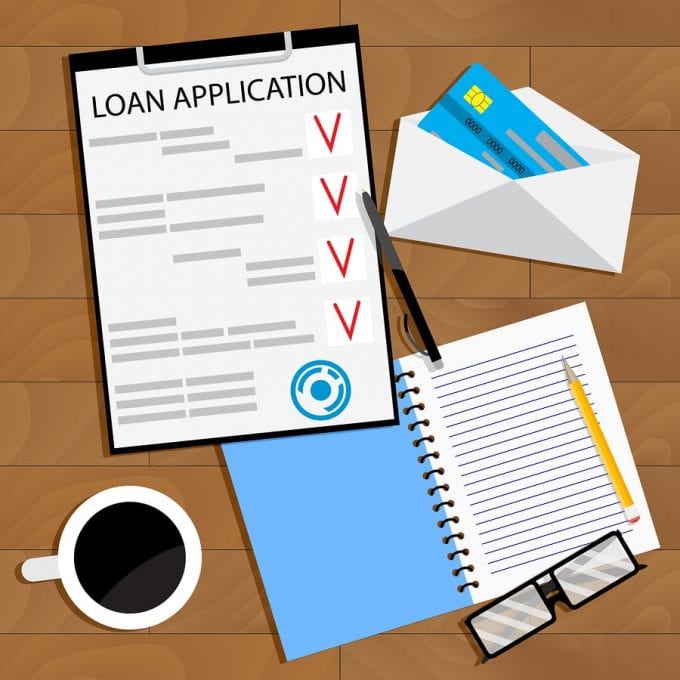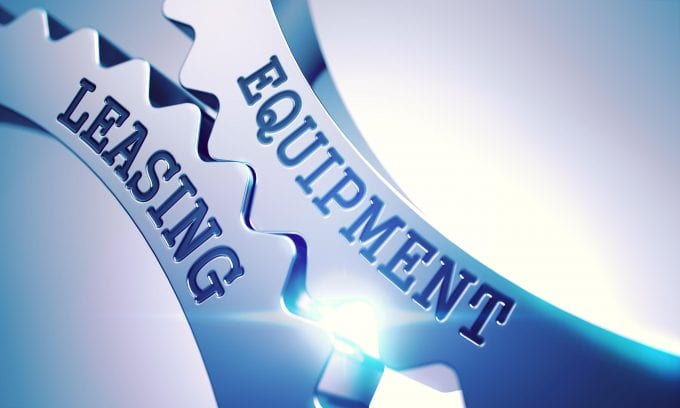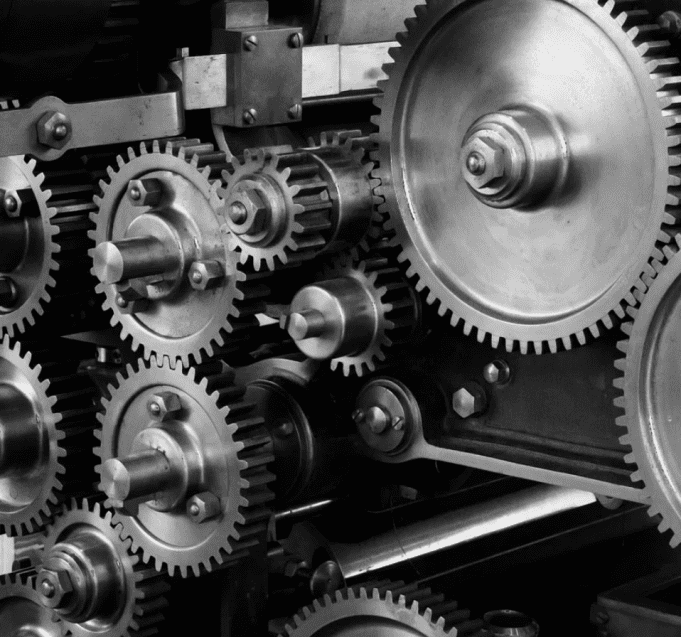Getting any sort of lending arranged for a business is not always easy. The smaller the business or the newer it is, the greater the number of obstacles that are likely to be required to leap over. And even then, a loan application may still be declined.
At which point, as a business owner, you may consider other lending options to find an appropriate solution for your company. One of these solutions might be equipment financing.
In this article, we aim to provide some basic details about why this is good for business owners.
What is Equipment Financing for Business?

Unlike a business loan that doesn’t specify how the money is to be spent, equipment financing is a special lending arrangement to purchase the necessary equipment to help run your business. If you want to receive this type of financing quickly and easily, check this site.
Quite often, the financing is an actual loan, but it could be an equipment lease where the lender pays the cost directly to the producer or distributor instead.
Essentially, the business equipment is used as a form of collateral that has a value. This value provides a greater sense of assurance for the lender than writing a check and not knowing how their money will be spent. As such, these types of loads are quite effective for businesses needing tools and not having the money to purchase all of them.
What Equipment Is Appropriate for a Loan to Purchase It?

The type of equipment that is relevant for an equipment financing loan depends on the business itself. Each business requires different types of machinery, technology, and other gadgets.
Sometimes, older equipment is breaking down too often and needs a new replacement to resolve that problem. Other times, an upgrade would be beneficial to give the business a greater ability to provide what the customers want and compete effectively in a highly competitive marketplace.
However, it’s also possible that the necessary tool is a new purchase and isn’t a replacement for anything.
The important criteria for a lender include that those things have a real asset value. In other words, a residual value that should the loan not be repaid, the equipment could potentially be collected and sold off to reduce or fully repay the remaining balance on the equipment financing.
Advantages of Equipment Financing vs. Other Types of Lending

There are some advantages when purchasing this type of financing over other loans that can be applied for.
Here are a few of them:
Higher Approval Rates – It’s quite common that equipment financing gets approved more often than a regular business loan that’s not got any real collateral or real asset backing it. It’s simply safer to lend in this manner and sometimes lenders even specialize in this type of loan.
Long Lending Terms – Because some machinery has a 5-year or 10-year useful life and can be depreciated over this duration, the loan term is often longer than with a regular business loan. While the term of the loan may not match the full life of the asset, it’s still typically available over a longer period.
Lower Monthly Repayments – It’s theoretically possible to get lower repayments because of taking out a longer duration loan for equipment. This does depend on the comparison of the interest rates or factor rates involved with a regular business loan vs equipment financing, but it’s still often the case.
Quicker Approval – While some business loans may require a substantial amount of information to be submitted, equipment financing is usually a bit more straightforward. A couple of years’ worth of business and personal financial records, the last half-year of bank statements, the completed application form and the invoice for the tools for purchasing usually cover most of the basic requirements.
What Type of Companies or Owners Choose Equipment Financing?

Sometimes, it’s the case that a business loan was turned down because the company was too young or lacked sufficient resources or revenues to back up the loan.
In other situations, the owner didn’t have enough confidence that the financing would be achievable. Therefore, they never applied and immediately looked for alternative options that would suit their business needs.
For the most part, owners and companies that go down the equipment financing route do so because the backing of the asset makes them feel safer. They appreciate that’s also the case for the lender too and can derive some measure of confidence that going ahead will be worth it.
Of course, they also consider the cost of any lending to understand what the equipment will cost to purchase, including the financing. That’s prudent for a CEO to include in their financial planning for the coming years.
Getting Guidance on Equipment Finance & Equipment Leasing

When you know what you need and have lined up the invoice(s) for the purchase(s) but have not yet arranged the financing, then it’s a good time to get more information about equipment leasing vs equipment financing.
Leasing arrangements instead of financing are quite different. It’s important to understand the differences to get sufficient clarity to know which option is the best one. You can certainly visit this site to clarify the specifics around leasing vs. direct purchases and get certainty about which is the option.
Are There Other Alternatives to Lending or Leasing?

It depends on the mindset of the owner whether they’re willing to either take on an equity partner and give up a degree of control to have the future growth potential. Whether going down the angel investor path or the venture capital path, it’s always a longshot to find a willing investor when the sums are quite substantial (as is typically the case with equipment requirements).
The time it takes to find an investor usually makes this a moot point. It’s usually best to push ahead so the business doesn’t lose momentum trying to attract investors when it could have already been purchased.
When struggling to find business lending for your venture and coincidentally requiring equipment, then equipment financing is worth strong consideration. It solves several problems and doesn’t delay the business venture from pushing forward aggressively into new markets.








